
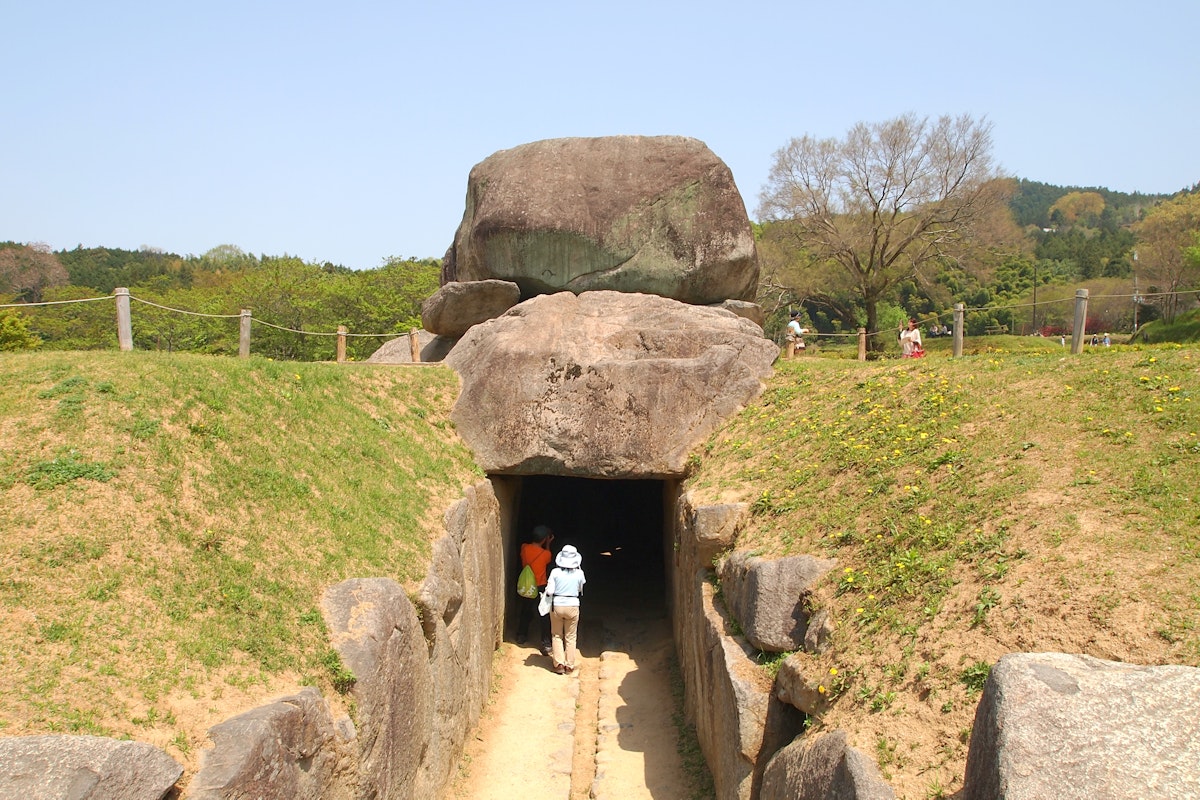
고분 시대는 서기 300년경부터 538년까지의 일본 역사에서 중대한 문화적, 정치적 변화가 일어난 매혹적인 시대입니다. 이 시기에 proliferated된 독특한 열쇠구멍 모양의 무덤인 고분(kofun)에서 이름을 따온 고분 시대는 일본 야마토 평원에서 통합된 정치 국가의 출현을 표시합니다. 이 시대는 많은 전통 일본의 관습과 국가의 독특한 정체성 형성을 이해하는 데 중요한 시기입니다.
일본의 역사적 연대기에서, 고분 시대는 고대와 고전 시대를 연결하는 다리로 서 있으며, 이어지는 아스카 시대의 기초를 닦았습니다. 이 시기는 사회적 진화의 시기로, 사회적 계층의 출현, 증가된 무역 활동, 일본 문자 체계의 발전으로 특징지어졌습니다.
이 시대의 예술과 건축, 특히 하니와(terracotta figures)와 무덤 또는 고분은 이 시기의 사회정치적 지형에 대한 귀중한 통찰을 제공합니다. 이 기사는 고분 시대의 풍부한 장엄함, 일본 역사에서의 중요성, 그리고 일본 사회와 문화에 남긴 lasting impacts를 깊이 탐구합니다.
고분 시대는 일본 역사에서 매혹적인 시대였으며, 약 300년에서 538년까지 지속되었습니다. 이 시대는 이 시기에 건설된의 특유의 열쇠구멍 모양의 무덤인 '고분(kofun)'에서 이름을 따왔습니다. 오사카와 사이타마 현에서 주로 발견된 이 고분들은 고대 일본의 건축력의 증거입니다. 고분 시대는 일본 본섬에서 야마토 정치체제라는 강력한 중앙 권위의 출현을 marked했습니다.고분 시대는 야요이 시대
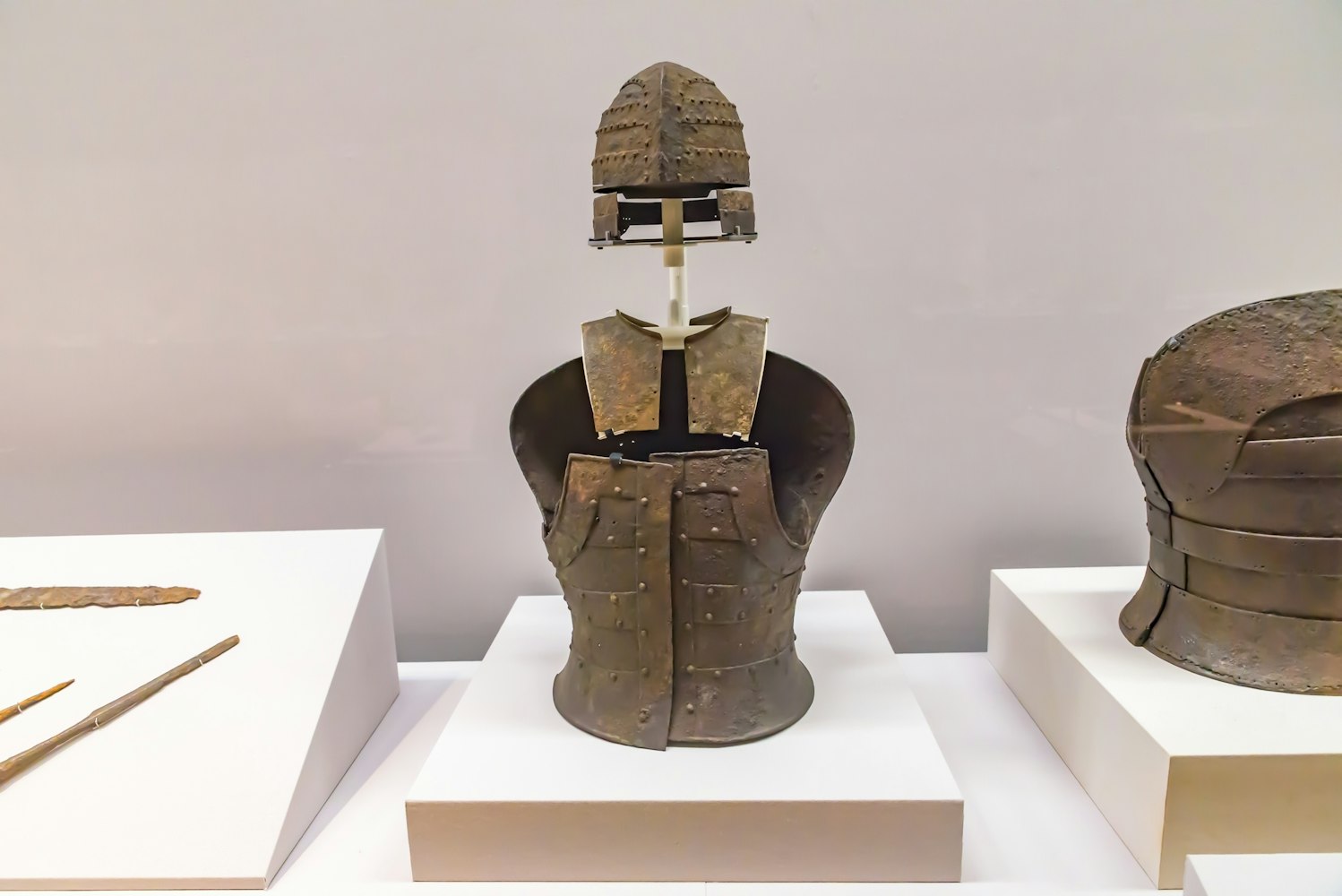
(기원전 300년-기원후 300년) 이후에 이어졌고 아스카 시대(538-710)로 본다. 이 시대는 야요이의 농업 사회에서 복잡한 정치 구조로의 변화를 witness했습니다. 고분의 도굴은 이 시기에 절정에 달했으며, 고분의 크기와 복잡성은 통치 계급의 권력과 영향을 반영합니다. 가장 큰 고분은 오사카 사카이시의 다이센 고분으로, 닌토쿠 천황의 무덤으로 여겨집니다.고분 시대의 정치 구조고분 시대의 정치 지형은 야마토 가문의 부상이 지배했습니다. 이 가문은 나라 현에 있는 제국 법원을 established했습니다. 이 시기는 정치 권력이 야마토 정치 체제하에 통합되는 기존의 시기로, 국가 형태로의 전환이 시작되었습니다. 신성한 혈통을 주장하는 야마토 지도자들은 종교적, 정치적 권위를 지니고 있었으며 이 지역 전역의 광대한 농지들을 통제했습니다.
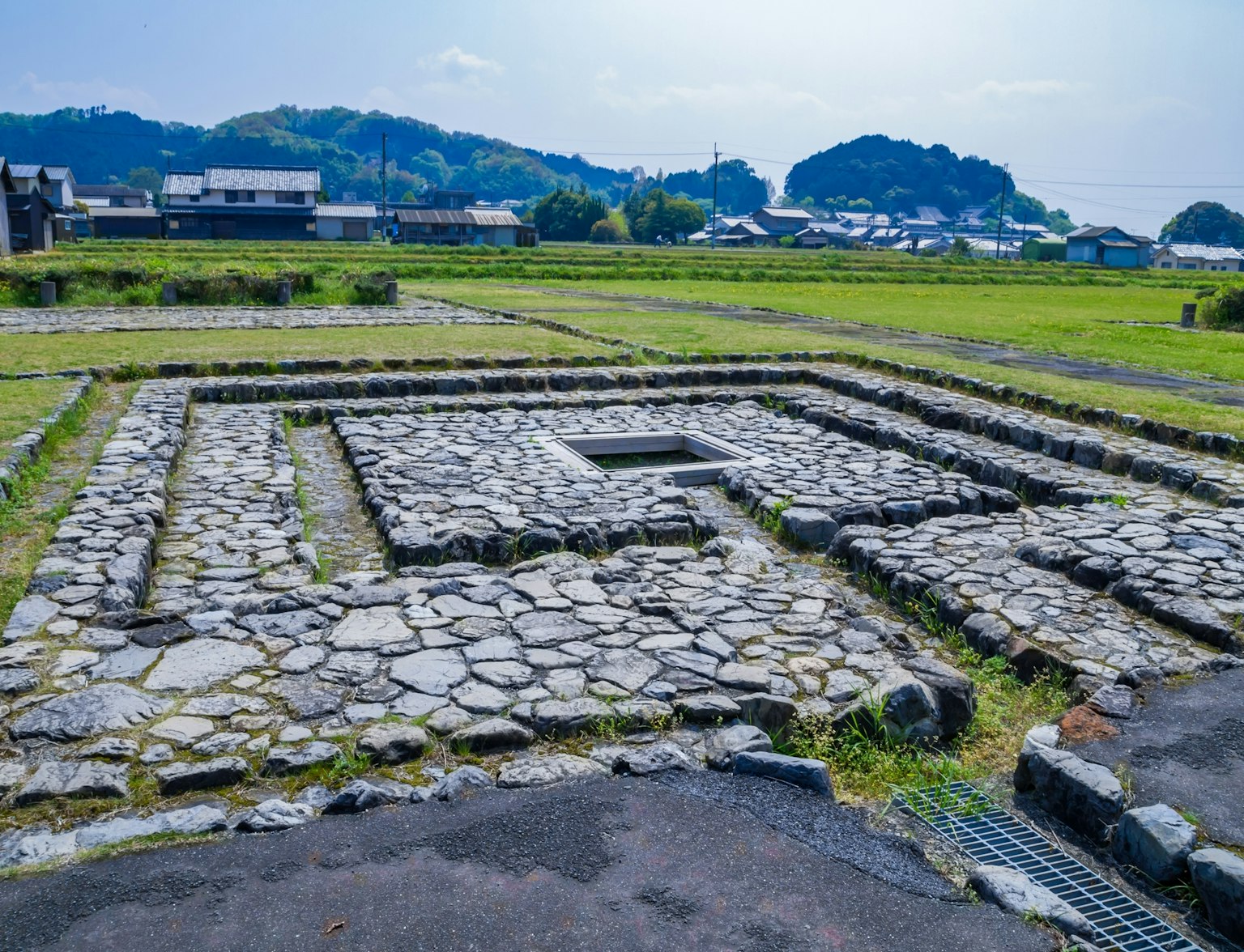
이 투어는 찬란한 과거를 지닌 일본 마을을 경험할 수 있는 기회입니다.
겐지 이야기 - 일본에서 쓰여진 세계 최초의 진정한 소설고분 시대의 문화적 영향과 변화
고분 시대는 значительным культурным изменениями и влиянием, которое прослеживается в его могилаx. Самий고분인들부터는 이 시대의 예술적 재능을 반영한 복잡한 하니와(terracotta) 인물들로 장식되었습니다. 도자기
중국 및 한국의 영향은 고분 시대에 두드러졌습니다. 예를 들어, 중국 문헌은 야마토 왕국의 정치적, 사회적 구조에 대한 귀중한 통찰을 제공합니다. 한국 왕국을 통해 일본에 전해진 불교의 수용은 종교적 관습의 중대한 변화를 초래했습니다. 이러한 영향에도 불구하고 고분 시대는 독특한 일본 문화를 발전시켰으며, 이어진 고전 아스카 및 나라 시대로 가는 길을 열었습니다.고분 시대의 특징열쇠구멍 모양의 무덤의 출현고분 시대의 가장 두드러진 특징은 '고분(kofun)'이라 불리는 열쇠구멍 모양의 무덤의 출현입니다. 이 고분들은 통치 계급을 위해 지어졌고, 크기와 형태가 다양하며 작은 둥근 무덤부터 몇 미터에 이르는 거대한 열쇠구멍 모양의 구조물까지 있습니다.
이러한 기념비적 분묘를 세운 관습은 통치자의 권력과 지위를 증명합니다. 가장 큰 고분은 오사카 사카이시에 위치한 다이센 고분으로, 닌토쿠 천황의 무덤으로 여겨집니다.
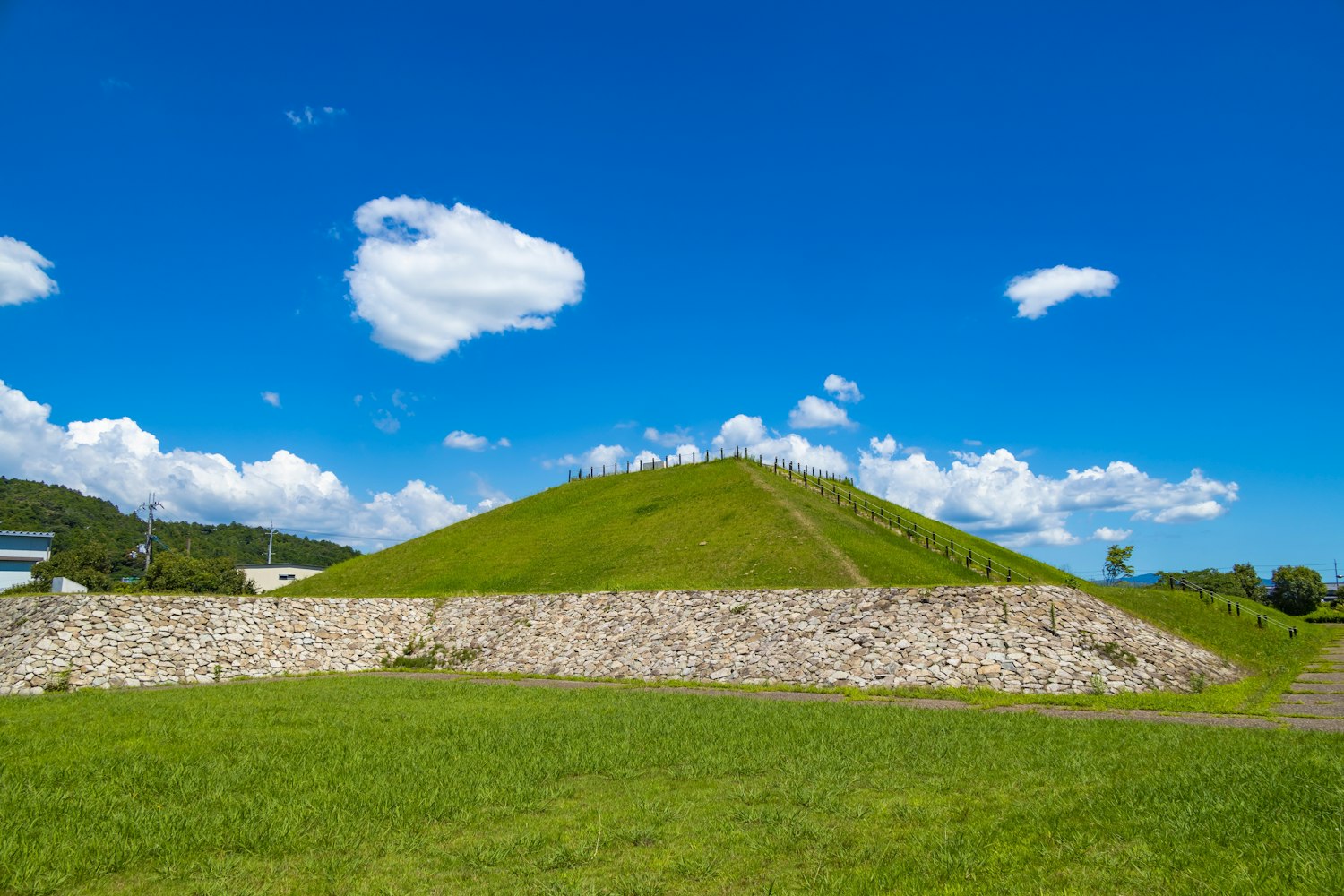
고분 시대는 군사적 통치자를 가진 귀족 사회로 발전했습니다. 이 시기는 일본이 통합된 국가로 진화하는 데 있어 중요한 단계였으며, 농업 사회에서 복잡한 정치 구조로의 전환을 marked했습니다. 야마토 가문의 부상과 제국 법원의 설립은 이 진화의 중요한 이정표였습니다.
고분 시대에는 사회 계층이 좀 더 명확해졌으며, 지배 계층, 군사 지도자 및 종교적 권위가 중요성을 찾게 되었습니다. 엘리트를 위한 정교한 고분의 건설은 이러한 사회적 구분을 더욱 강조했습니다. 군사적 통치에도 불구하고 공동체는 밀접했습니다.
무역과 경제 활동의 발전
무역과 경제 활동의 성장에 따라 사회 계층도 강화되었습니다. 통치 계급은 철과 쌀과 같은 주요 자원의 생산 및 분배를 통제하여 그들의 권력과 권위를 강화했습니다. 노동 집약적인 관행인 젖쌀 재배의 확산은 통치 엘리트를 지원하는 자유 농민 및 장인의 출현을 가져왔습니다.
고분 시대의 주목할 만한 예술과 건축
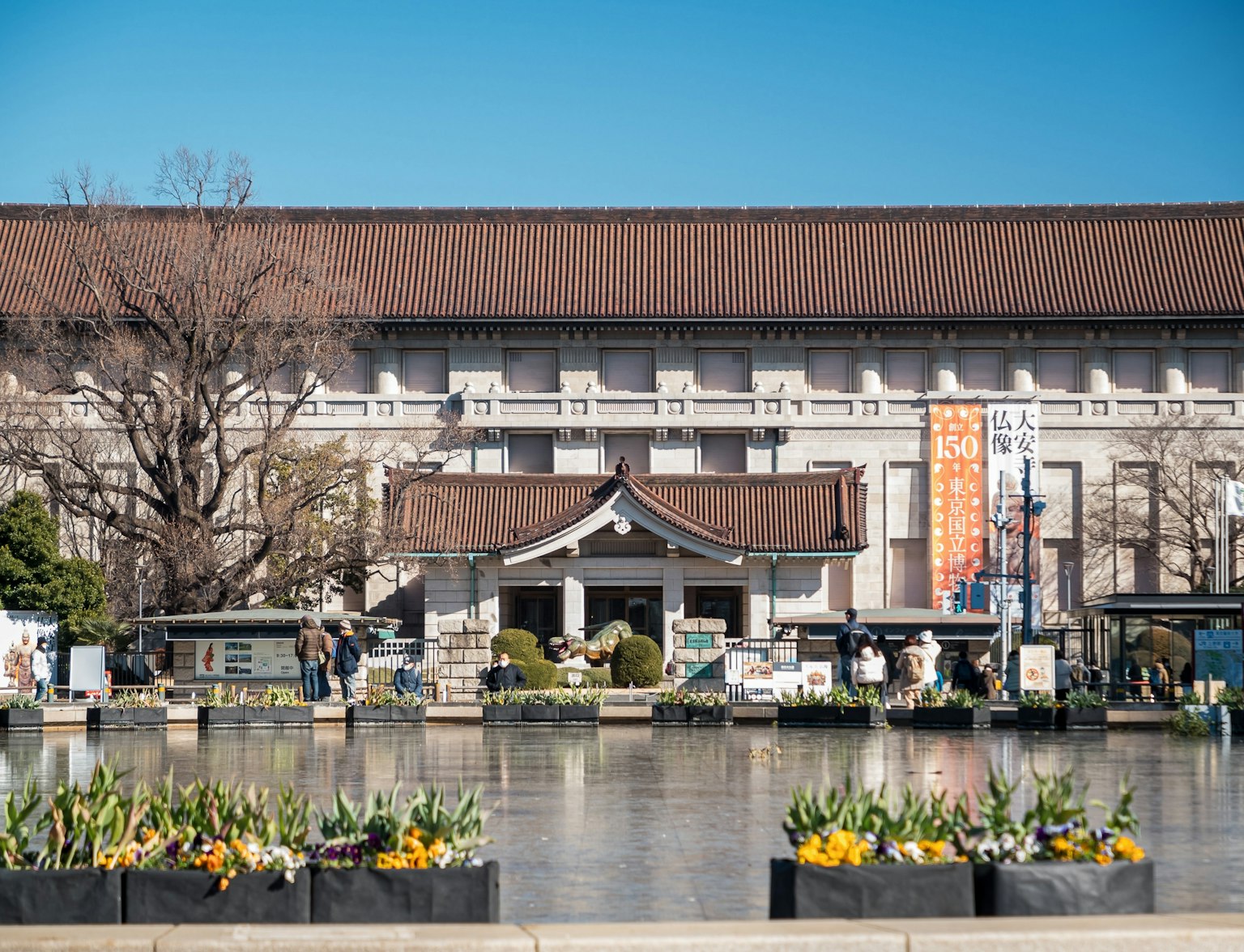
도쿄 국립박물관에서 일본 역사에 대해 더 알아보세요.
고분 시대의 가장 특징적인 예술 형태 중 하나는 하니와 테라코타 인물들의 창작입니다. 이 점토 조각들은 종종 고분 무덤의 위와 주위에 장례 예술의 형태로 배치되었습니다. 하니와 인물들은 현대의 의복, 헤어스타일, 농기구 및 건축을 보여 주며, 이 시대의 사회적 맥락을 이해하는 데 귀중한 자원으로 여겨집니다.
하니와 인물들은 단순한 원통형 형태부터 복잡한 인간 및 동물 모양까지 다양하게 나타나며, 당시의 예술적 다양성을 반영합니다. 전사, 장식된 말 및 일상 생활 장면을 포함한 여러 사회적 측면을 묘사했습니다. 이 예술적 경향은 고분 도예가들의 기술을 보여줄 뿐만 아니라 이 시기의 문화적 및 사회적 역학을 엿볼 수 있도록 해주었습니다.
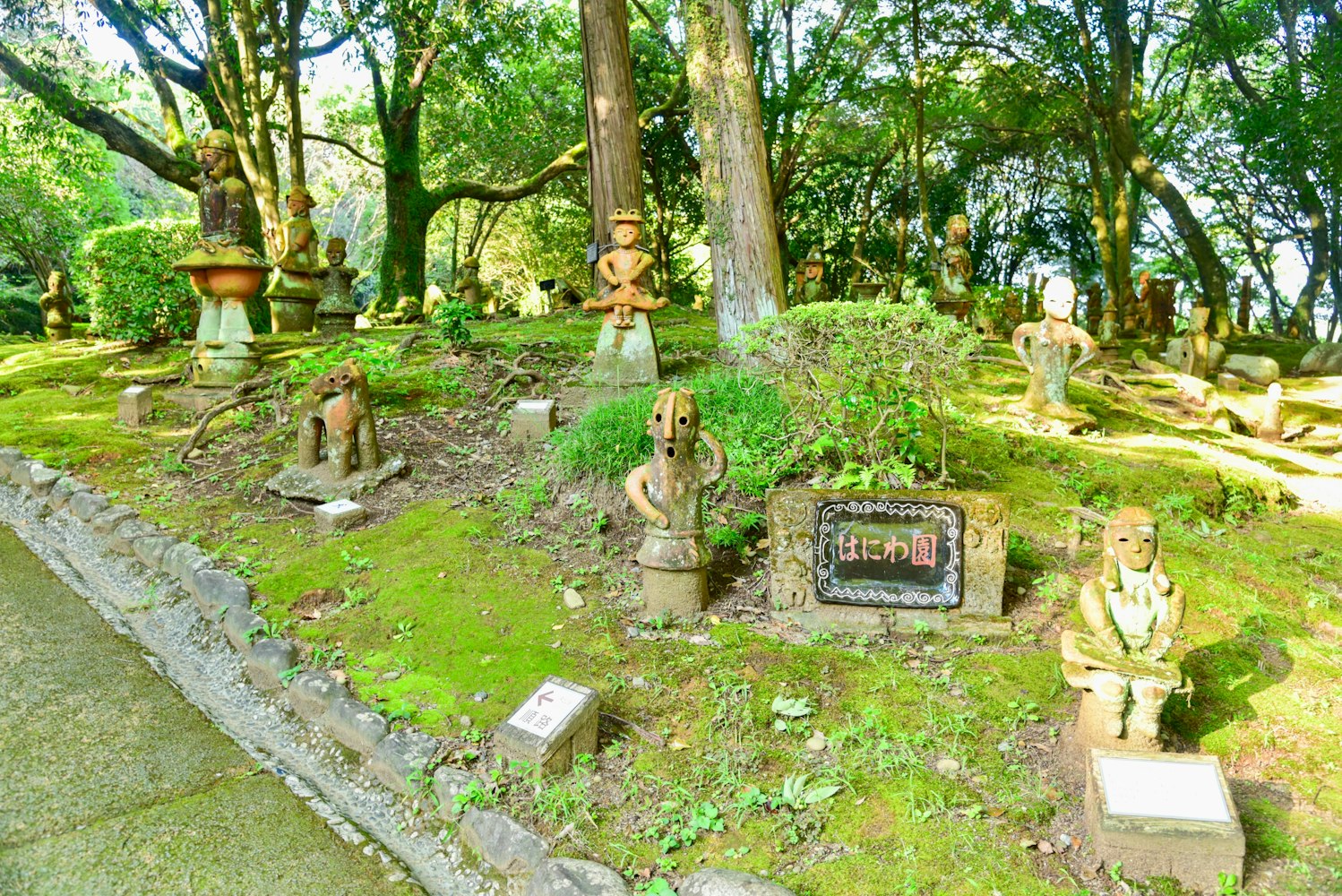
고분 무덤(kofun) 또는 고분은 고분 시대의 또 다른 중요한 건축 업적입니다. 일반적으로 열쇠구멍 모양에 해자를 둘러싸고 있으며, 이러한 구조물들은 권력의 인상적인 전시였습니다. 가장 큰 고분은 오사카 사카이시에 있는 다이센 고분으로, 닌토쿠 천황의 무덤으로 여겨집니다.
한편, 중국의 영향은 이 시기의 정치 구조와 종교적 관습에서 뚜렷이 드러납니다. 한국 반도를 통해 일본에 전파된 불교의 수용은 종교적 미술과 건축의 중대한 변화를 초래했습니다. 그러나 이러한 영향이 고분 시대의 예술과 건축 양식에 영향을 미쳤지만, 이 시기 동안 독특한 일본 스타일 역시 현저하게 나타나 아스카와 나라 시대의 기초를 형성했습니다.
고분 시대가 일본 역사에 미친 영향
열쇠구멍 모양의 무덤 씌우기와 죽은 이와 함께 묻히는 장례 보물은 기원후 3세기경 아시아 대륙에서 일본으로 전파된 관습으로, 통치 계급의 권력과 권위를 상징하는 요소였습니다.
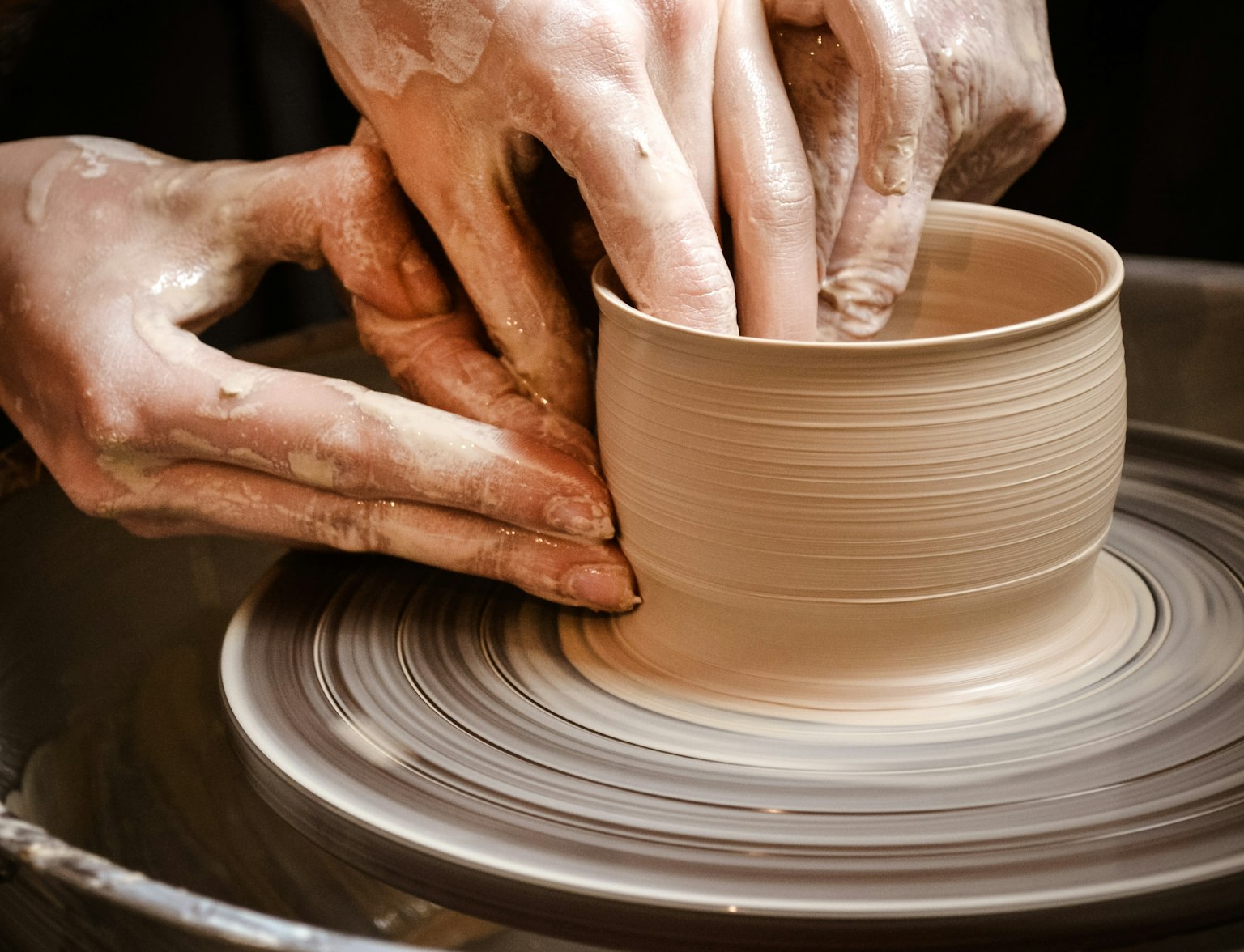
도쿄 오모테산도 지역에서 일본 도예의 시대를 초월한 예술을 탐험하세요.
초기 무덤에서 고분 시대에 이르는 기념비적 매장 무덤으로의 전환은 사회 계층의 복잡성과 정치 권력의 통합을 반영합니다.
고분 시대는 일본 문자 체계 발전에 중요한 영향을 미쳤습니다. 한국 반도와 중국과의 상호 작용의 증가는 일본에 중국 문자 체계를 소개했습니다. 이러한 교류는 일본 제도에서 문화적 및 지적 생활에 큰 영향을 미쳤습니다.
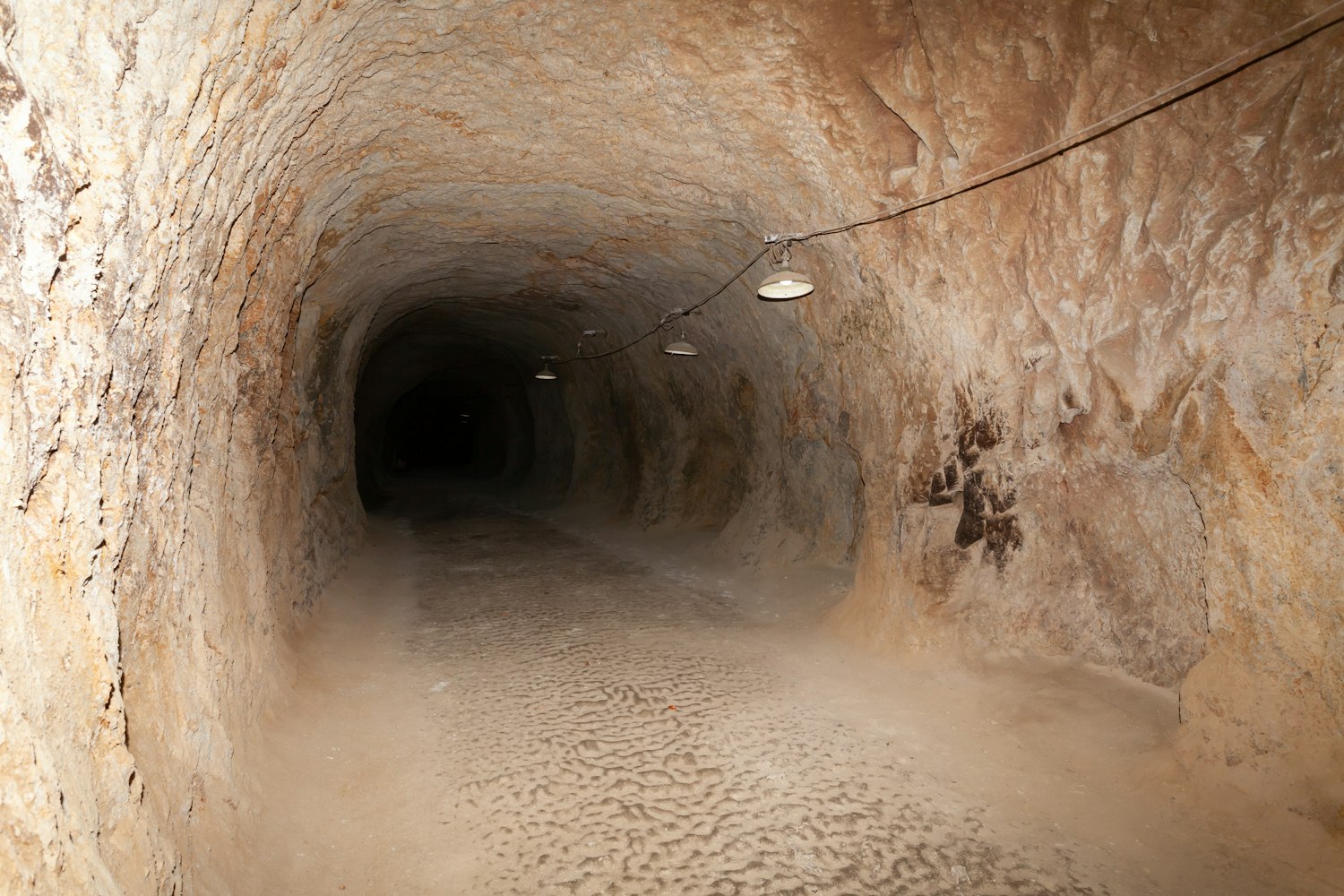
중국 문자의 채택은 역사적 사건 기록을 가능하게 했을 뿐만 아니라 한국 반도를 통해 일본에 전파된 불교의 전파에도 기여했습니다. 일본에서 가장 오래된 연대기를 담은 일본서기(Nihon Shoki)는 8세기 초에 중국 문자를 사용하여 편찬되어, 고분 시대의 일본 문학 및 역사 기록에 대한 지속적인 영향을 반영합니다.
고분 시대는 일본의 종교적 관습 및 신념에 깊은 영향을 미쳤습니다. 이 시기 동안, 신토 신사는 일본의 카미(spirit)를 중심으로 한 토착 종교적 신념을 반영하여 나타나기 시작했습니다. 무덤을 세우는 관습은 종교적 및 의식 생활과 밀접하게 관련이 있었습니다. 매장물은 종종 의식 용으로 사용되는 물품들을 포함했습니다.
아시아 대륙, 특히 한국과 중국의 영향은 일본에 불교를 도입하는 데 중요한 역할을 했습니다. 이 새로운 종교는 종교 미술 및 건축의 중대한 변화를 가져왔습니다. 이러한 외부의 영향에도 불구하고, 고분 시기 동안 독특한 일본 스타일이 나타나 다음 시대의 종교적 관습과 신념에도 영향을 미쳤습니다.
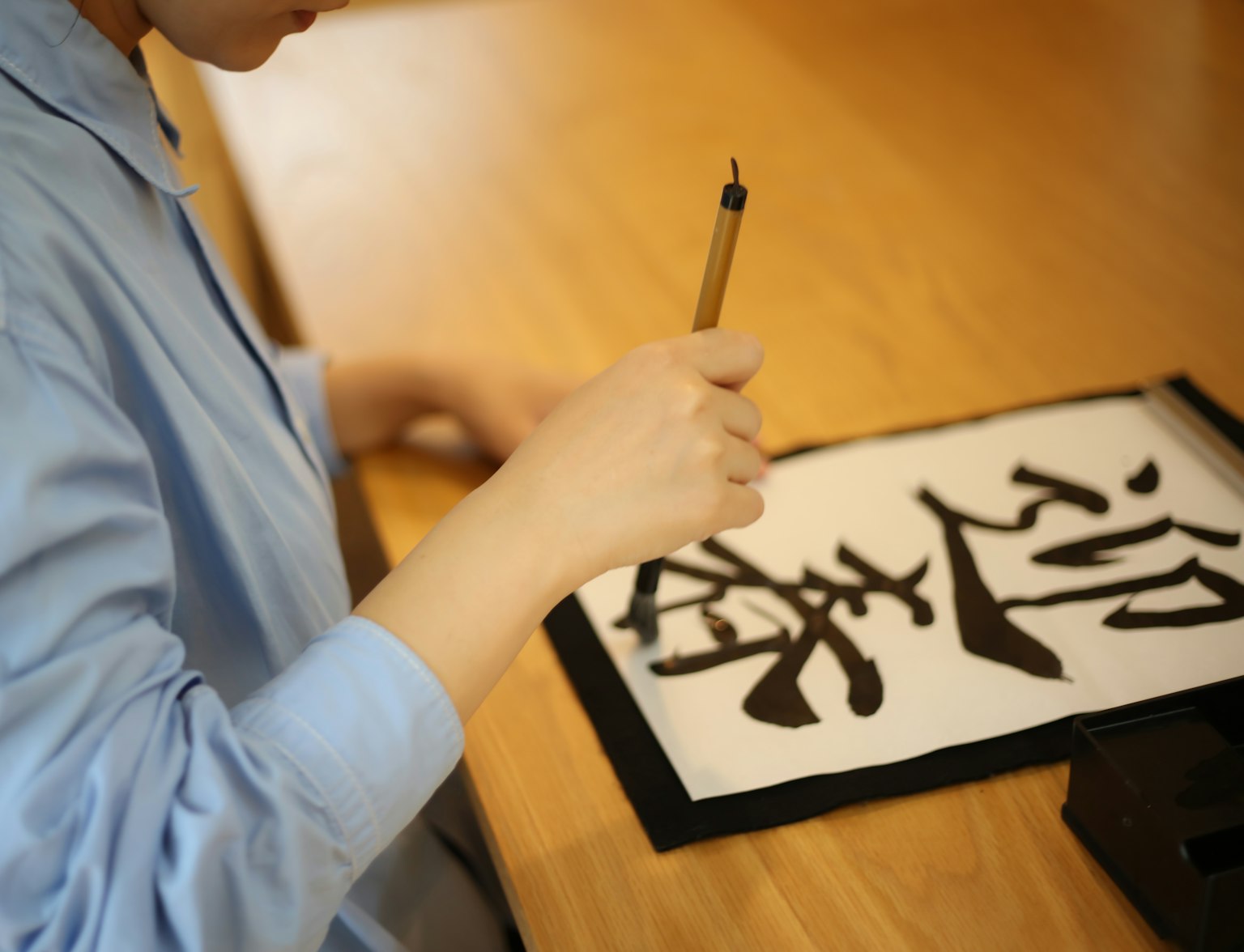
이번 워크숍에서 이 채택된 한자를 쓰는 방법을 배우세요.
고고학자들은 이 시대에 대한 귀중한 통찰력을 제공하는 몇 가지 중요한 고분 시대 유적지를 발굴했습니다. 가장 주목할 만한 것 중 하나는 오사카 현에 위치한 모주 고분 그룹의 대규모 열쇠구멍 모양의 구덩이인 니산자이 고분입니다. 이 유적지는 그룹 내에서 세 번째로 큰 무덤이자 전체적으로 일곱 번째인 이곳은 고분 시기의 장례 관행, 특히 통치계급과 관련된 관행에 대한 독특한 통찰력을 제공합니다.
또 다른 중요한 유적지는 고분 초기에 존재했던 마을의 유적지인 오나카 유적입니다. 이 고고학적 발견은 당시의 일상 생활과 사회 구조를 이해하는 데 도움이 됩니다.
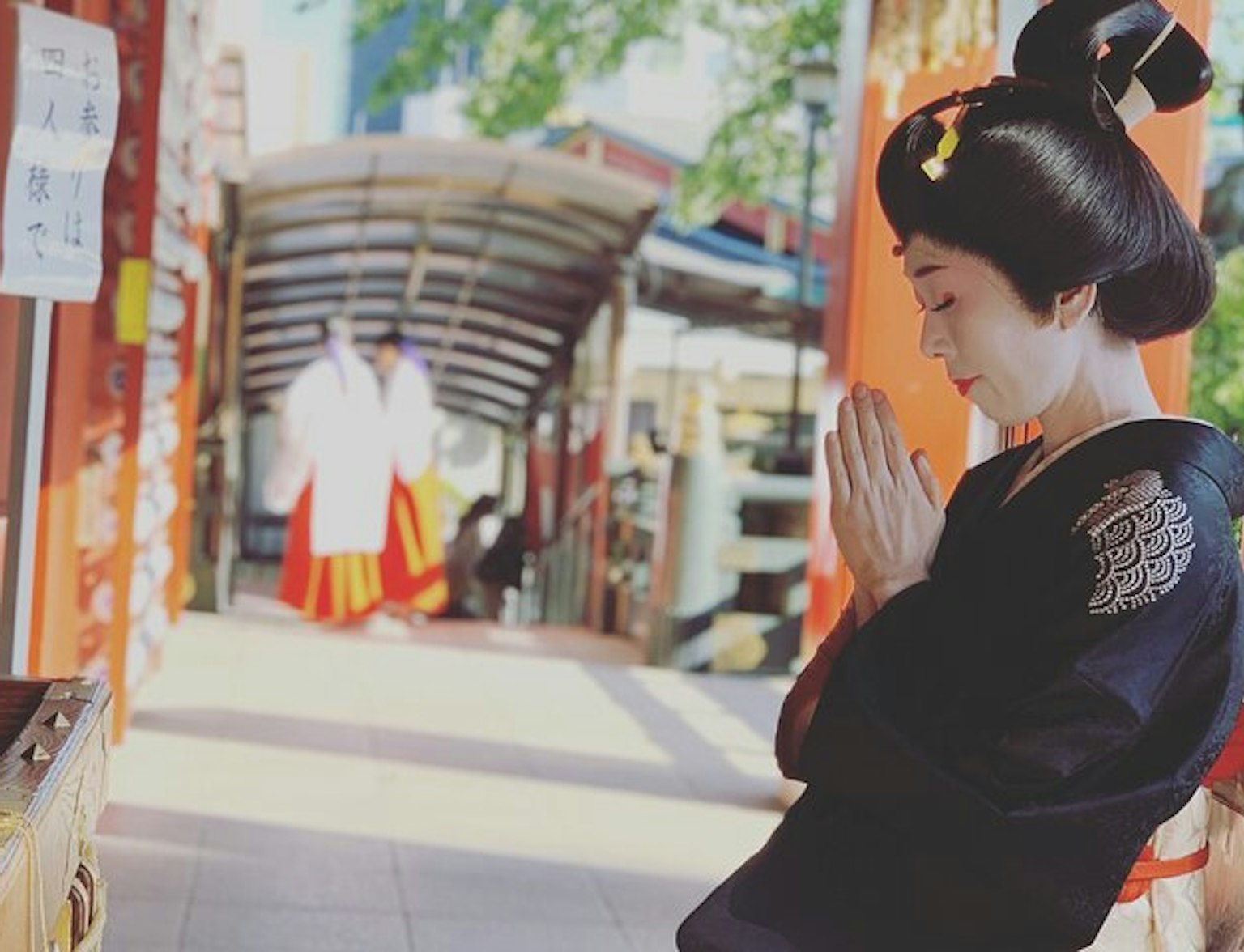
간다 신사에서 신토 의식에 대해 더 알아보세요.
발견된 유물과 이 시대에 대한 통찰
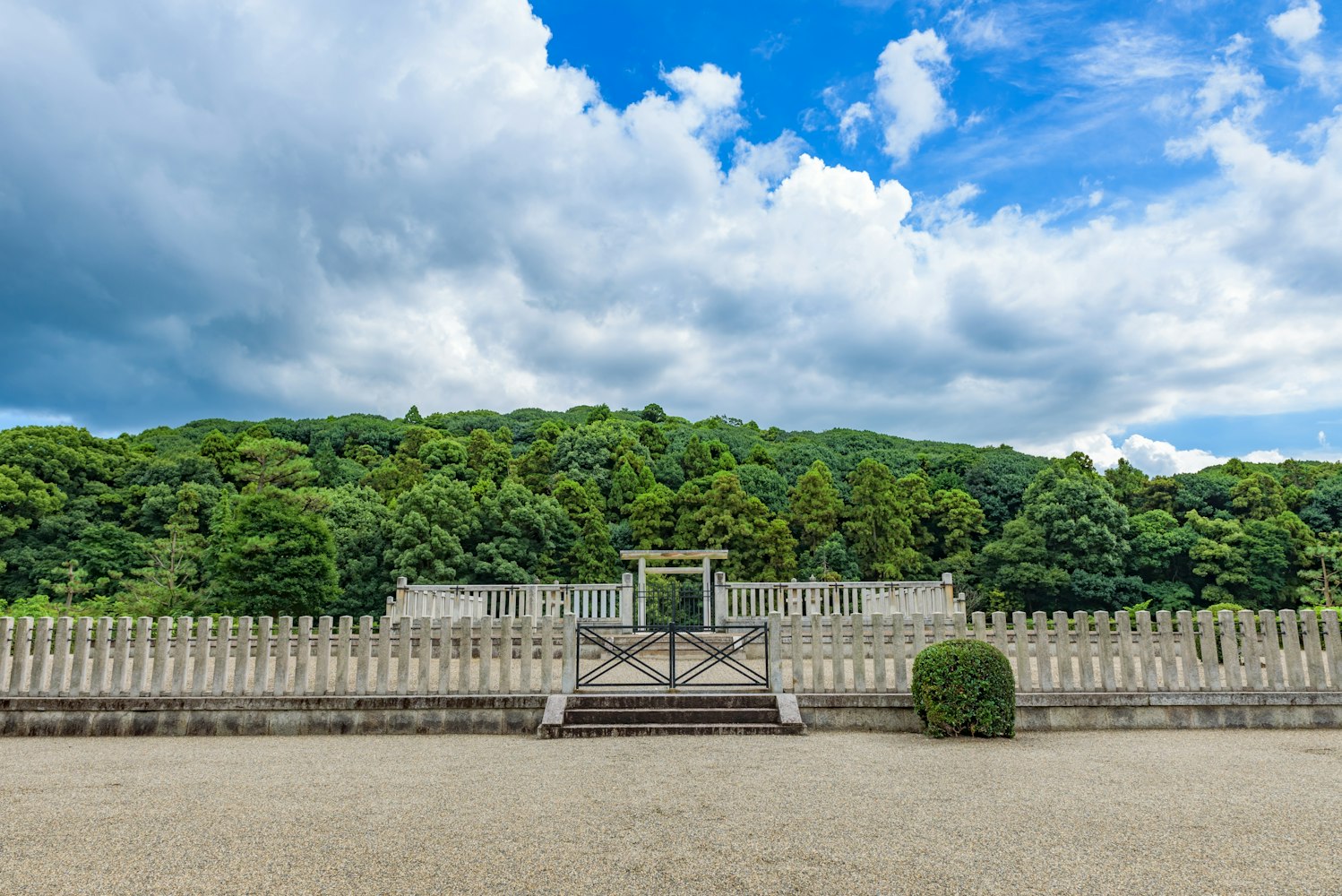
고분 무덤 안에서 발견된 유물들은 당시 사람들과 문화에 대한 귀중한 정보를 제공합니다. 발굴된 무덤 안에서는 거울, 검, 갑옷, 귀걸이, 팔찌, 말 장비, 왕관, 신발, 테라코타 인물 및 개인 소지품 등 다양한 물품들이 발견되었습니다. 이러한 매장물은 무덤에 묻힌 사람들의 부와 지위를 암시합니다.
말 장비와 같은 품목의 존재는 고분 시대의 전쟁과 의식에서 말의 중요성을 나타냅니다. 개인 소지품과 조끼 같은 의복은 이 시기의 일상 생활과 패션에 대한 통찰력을 제공합니다. 이를 넘어 숯으로 된 인물(haniwa)의 발견은 매장 무덤에 담긴 종교적 및 예술적 관습에 대한 독특한 통찰을 제공합니다.
고분 시대의 유적지와 유물을 보존하는 일은 일본의 역사와 문화를 이해하는 데 필수적입니다. 모주-후루이치 고분 그룹이 유네스코 세계문화유산으로 인정을 받은 것은 이러한 고대 무덤 사이트를 인정하고 보존하기 위한 노력 중 하나입니다. 이 지정은 이러한 사이트가 미래 세대를 위해 보호되고 유지될 수 있도록 보장하는 데 도움이 됩니다.
박물관도 보존 노력에 있어 중요한 역할을 합니다. 대도시 박물관과 효고현립 박물관과 같은 기관은 고분 시대의 컬렉션을 보유하고 있으며, 이러한 유물들이 연구되고 감상될 수 있는 공간을 제공합니다. 이러한 노력을 통해 고분 시대의 풍부한 유산이 보존되고 공유되어 이 형성기 시대의 일본 역사에 대한 귀중한 통찰력을 제공합니다.
고분 시대는 거대한 무덤과 흥미로운 유물로 일본 역사에서 중요한 위치를 차지합니다. 정치적 통합, 문화적 교류 및 예술적 혁신의 시대였으며 오늘날의 일본을 형성하는 데 기여했습니다. 이 시대의 고고학적 유적지와 유물은 고분 시대의 사회 구조, 종교 관습 및 사람들의 일상 생활에 대한 귀중한 통찰력을 제공합니다.

TripToJapan은 진정한 여행 경험을 제공하기 위해 헌신하고 있습니다. 우리는 이 awe-inspiring 고분 시대 유적지로 여러분을 안내하는 세심하게 선별한 투어를 제공합니다.古い 日本の歴史を直接体験することで、私たちと共に時を 여행することをお勧めします。
The Kofun period, with its monumental burial mounds and intriguing artifacts, holds a significant place in Japanese history. It was a time of political consolidation, cultural exchange, and artistic innovation that shaped Japan as we know it today. The archaeological sites and artifacts from this era continue to provide us with invaluable insights into the social structures, religious practices, and daily lives of the people during the late Kofun period.
We at TripToJapan are dedicated to providing authentic and enriching travel experiences. Our carefully curated tours take you to these awe-inspiring Kofun period sites, allowing you to experience the ancient history of Japan firsthand. We invite you to join us and embark on an unforgettable journey through time.
Don't miss out on this unique opportunity. Visit our website today to book your tour and experience authentic Japan in all its historical grandeur. Let's explore the past together and create lasting memories. Book now!



